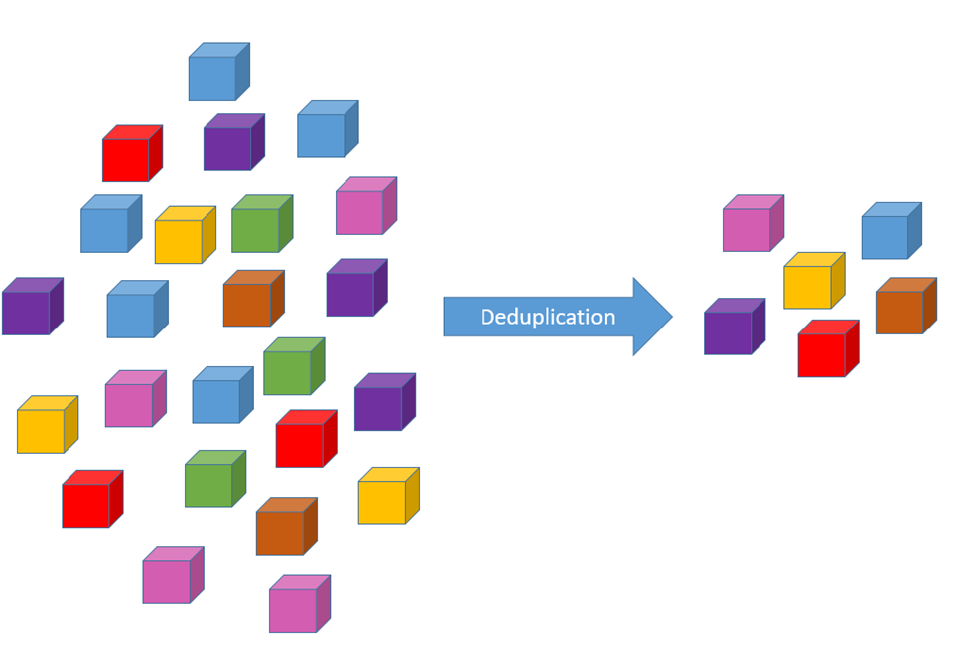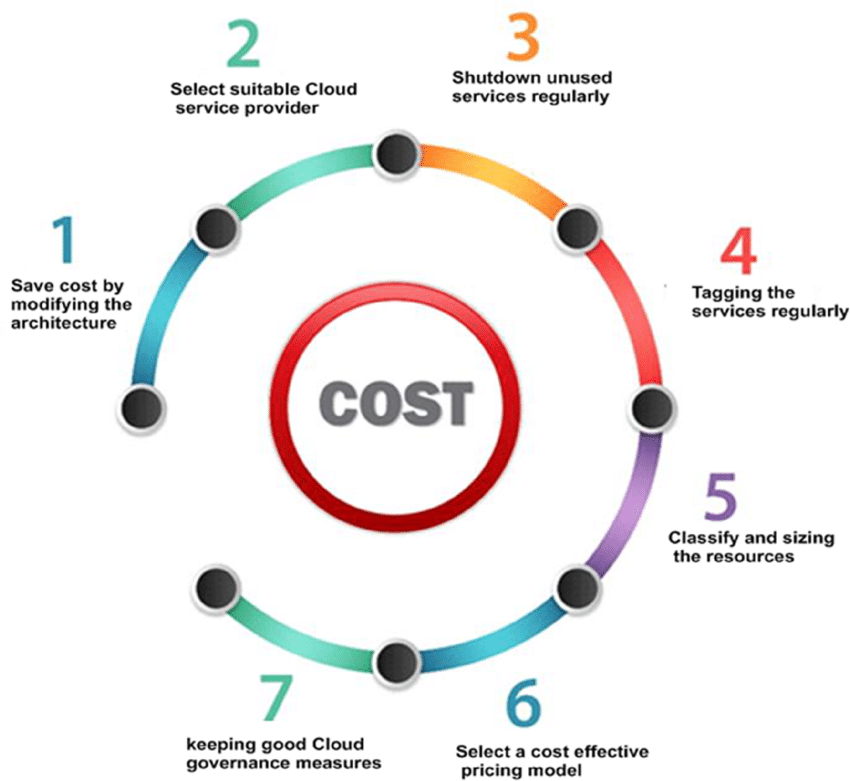9 Data Architecture Principles You Should Know
Summarize this article with:
✨ AI Generated Summary
Data architecture is essential for building a secure, scalable, and flexible data infrastructure that supports efficient data management and informed decision-making. Key principles include:
- Robust security with encryption and access controls to protect sensitive data.
- Flexibility to integrate diverse data types and adapt to changing business needs.
- Ensuring data accessibility via cloud solutions and clear documentation.
- Standardizing terminology to promote clarity and collaboration.
- Minimizing data duplication through metadata and governance.
- Providing streamlined data consumption interfaces like APIs and SQL.
- Balancing cost efficiency with performance using compression and monitoring.
- Implementing observability for proactive data health monitoring.
- Designing AI-ready architectures that support automation and large-scale unstructured data processing.
Data architecture is the backbone of a successful organizational data-driven strategy. It comprises a comprehensive framework of policies, rules, and standards that govern data collection, storage, and management across an organization.
The fundamental principles of data architecture establish the groundwork for a robust, scalable, and secure data infrastructure. They help keep your datasets organized, understandable, and accessible. These principles enable you to make intelligent decisions and amplify your competitive edge.
Let’s examine the nine data architecture principles that can help transform how you handle and analyze data for more efficient processes.
9 Modern Data Architecture Principles
Modern data architecture principles are crucial as they significantly transform how your organization handles and uses data. These principles allow you to build a flexible system that efficiently manages diverse data types. By leveraging resilient cloud tools and advanced analytics, modern data architecture helps enhance operational workflows.
These principles ensure systems can handle growing data volumes from different sources. This capability is essential for rapid data analysis, providing timely insights critical for informed decision-making.
Here are some of the fundamental principles of data architecture:
Principle #1: Ensure Robust Security Measures
Modern data architecture principles allow you to categorize information based on sensitivity to maintain data integrity. This strategy ensures that sensitive data remains secure from unauthorized access while facilitating controlled data utilization within the organization.
An effective data architecture helps you implement comprehensive security measures such as encryption, user authentication, content filtering, and role-based access controls to protect valuable data assets. It strengthens resilience against threats in complex digital environments, upholding data confidentiality and security.

This multi-layered approach promotes secure data handling practices in your data architecture.
Principle #2: Demonstrate Flexibility
Any data architecture you implement should prioritize flexibility to changing business needs to enhance performance and stay competitive.
A flexible data architecture allows seamless data integration with new technologies. It should accommodate various data types and formats, including structured data in Excel Sheets, unstructured email files, or semi-structured data types like JSON and XML.
Through the flexibility principle, you can build resilient data ecosystems that drive innovation, competitiveness, and sustainable growth.
Principle #3: Maintain Data Accessibility
Data accessibility is essential for effective decision-making and operational efficiency. Modern data architecture must ensure that data is accessible to users when needed. For this, you can implement the following key strategies:
- Utilizing cloud-based solutions helps maintain high availability and protects against downtime, ensuring access to data whenever required.
- Improved data accessibility reduces user dissatisfaction associated with accessing data, particularly with complex data clusters.
- Establish clear data storage and documentation standards, promoting efficient data exchange and accessibility.
Data accessibility requires continual efforts to maintain the quality and relevance of information and ensure its value to end users.
Principle #4: Create a Common Vocabulary
The consistency of terminology in data architecture is essential for avoiding confusion and ensuring clarity across an organization. You must establish clear rules for naming standard data items to ensure transparency.
Standardizing fiscal calendars, product catalogs, and data entry methods is vital in data architecture. This kind of strategy promotes clarity and efficiency, reducing miscommunications caused by differing interpretations of data.
When you use similar vocabulary for your data architecture, you will lessen dataset divergence. Such coherence fosters collaboration between developers and non-developers working on the same project. Having your team on the same page enables accurate data modeling.
Principle #5: Minimize Repetitive Functions

Data duplication is a significant challenge in data architecture, especially when a new system or application is integrated into the software environment. It often leads to multiple copies of the same data, such as user profiles or product details. Such duplication can increase complexity and degrade the performance of operations.
Several departments in the organization usually prefer to restructure standard information according to their specific needs. However, this practice can eventually lead to data inconsistencies and hinder organizational effectiveness.
As the software environment grows and shared data usage evolves, keeping data synchronized across teams becomes challenging. This occurrence may result in data incoherence and increased errors.
To tackle these issues, consider leveraging metadata to help quickly locate the records so data functions can track where duplication is arising. You can also implement better data governance, such as consistent data formatting across the organizations, allowing you to grow without repeating the same mistakes that caused duplication. These practices will centralize data management, reduce redundancy, and maintain efficiency.
Principle #6: Streamline Data Consumption Interfaces
Traditional software development often involves direct database interactions, leading to redundant application logic.
Modern data architecture addresses these inefficiencies by providing standardized interfaces, such as web services APIs, SQL interfaces for data analysts, and OLAP interfaces for business intelligence. APIs help transform data into a suitable format that can be easily consumed by cloud applications, and SQL queries allow you to filter data according to different requirements.
Data collection in one place is not enough to achieve the full potential of a data-driven culture. A system-based warehouse is not the only option. In modern data architecture, both data warehouses and data lakes can store data. Here’s a quick summary:
- Data Warehouse: A data warehouse can store structured information and optimize querying and analysis. It usually offers SQL interfaces for business analysts to perform analytical queries.
- Data Lake: A data lake is a repository that can store structured, unstructured, or semi-structured data. This flexibility of data lakes is suitable for big data or data science-related projects.
Principle #7: Maintaining Cost Efficiency

In a modern data architecture, you must focus on optimizing the balance between cost and performance rather than merely minimizing costs. Effective cost management will also help sustain scalability without excessive expenditure.
Here are some strategies for enhancing cost efficiency:
- Data compression can help manage costs. By utilizing advanced data compression algorithms, you can significantly reduce storage costs without affecting performance.
- Monitoring resource usage, performance metrics, and cost trends can help you make informed decisions about allocating resources.
- Compliance with data governance policies and legal standards can help avoid penalties and fines associated with non-compliance.
Principle #8: Observability and Data Health Monitoring
Data observability goes beyond traditional monitoring by providing deep visibility into the health and state of data throughout your entire ecosystem. While basic monitoring alerts you when something goes wrong, observability helps you understand why issues occur and enables proactive problem prevention.
Modern data architectures require comprehensive observability that tracks five key pillars:
- Data freshness
- Data volume
- Schema changes
- Data distribution
- Data lineage
Implementing data observability delivers multiple benefits, including improved trust in your data systems, scalable incident management workflows, and reduced time spent resolving data quality issues.
Principle #9: AI-Ready and Automation-Driven Architecture
An AI-ready data architecture is designed to store, manage, and process data in ways that enable efficient collection, cleansing, and organization while ensuring easy access by AI models for real-time analysis and insights. Building AI-ready infrastructure requires key attributes, including agility to adapt quickly to new requirements, scalability to handle growing data volumes through cloud-native solutions, and direct alignment with organizational goals. Unlike traditional architectures that focus primarily on storage and retrieval, AI-ready systems emphasize flexibility and the ability to handle large volumes of unstructured data, which are essential for modern AI applications.
Conclusion
Data architecture principles provide the foundation for creating robust, scalable data systems that efficiently manage organizational datasets while meeting modern business demands. Understanding these nine principles is crucial for building reliable data infrastructure that drives innovation. By implementing these concepts, you can ensure your data architecture maintains integrity, accessibility, and security while supporting advanced analytics, automation, and artificial intelligence initiatives that keep your organization competitive in today's data-driven landscape.
FAQs
What are the fundamentals of data architecture?
Data architecture refers to the framework of models, policies, guidelines, and standards for managing data. It helps you understand your data movement from sources to storage for processing, visualization, and distribution.
What are the key components of data architecture?
Essential components of data architecture include data source, data ingestion, data storage, data processing, data security, data governance, and metadata management.
What is an example of a data architecture?
Uber utilizes a Lambda architecture to handle its wide range of data analytics needs, including real-time processing and interactive exploration or batch analysis. This architecture leverages Apache Hudi for efficient data ingestion. Additionally, Uber employs Parquet for file management and Hadoop for reliable data storage.

.webp)
.png)